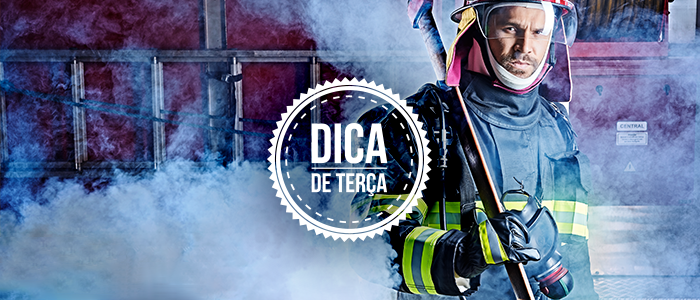“Any fabric is a barrier that prevents the evaporation of sweat from the human body, regardless of much this varies from one person to another. What doesn’t vary is the fact that body temperature is directly influenced by whether sweat evaporates or not. The more the fabric prevents sweat evaporation, the higher the temperature. So, the breathability of the fabric is very important. If it is too low in a firefighting outfit, there is a risk of hyperthermia in the firefighter. This is a phenomenon characterized by the inability of the human body to dissipate the high amount of heat absorbed because of the rise in temperature.
”
When fighting a structural fire, a firefighter runs the risk of over-increasing his heart rate and having a heart attack or a stroke if he has hyperthermia and is already making a huge physical effort. In less severe cases, he runs the risk of cramping and exhaustion. And these complications can occur even hours after the work completed.
So, as we have seen, it is very important to inspect and make sure the clothes are appropriate and good quality for the firefighter to carry out the job.
In Brazil, there is still no regulatory standard for the performance and design of structural firefighting clothing. Because of this, manufacturers and customers are guided by the NFPA 1971 (North American standard) and EN 469 (European standard).
“Breathability is an extremely important topic in European regulations. In EN 469, there is a specific parameter for measuring the difficulty of sweat evaporation – breathability of the fabric. This parameter is known as RET (thermal evaporative resistance) and is expressed in m².Pa/W (its test standard is ISO 11092). The lower the RET value, the more breathable the fabric composite is.
”
Therefore, it is of utmost importance that the clothing has valid certification or proof of RET standard compliance for wearing the garment.
